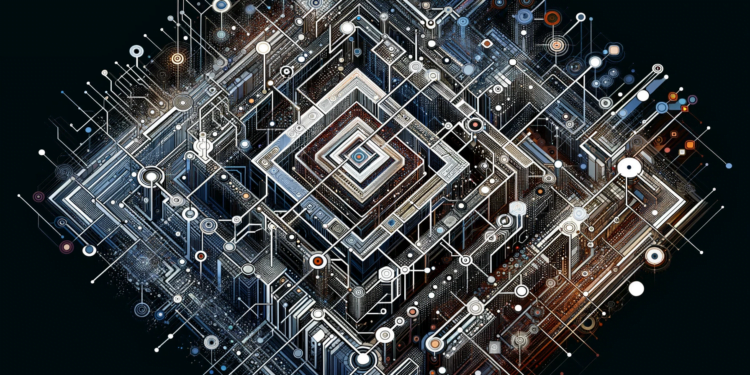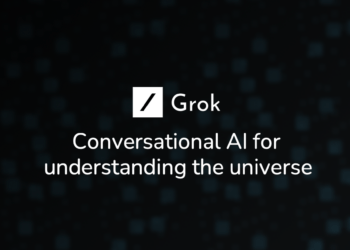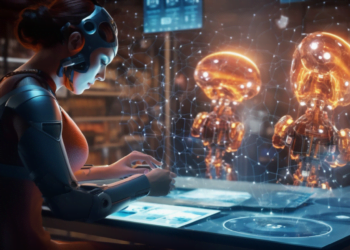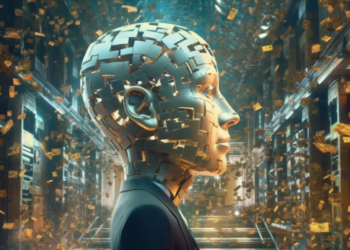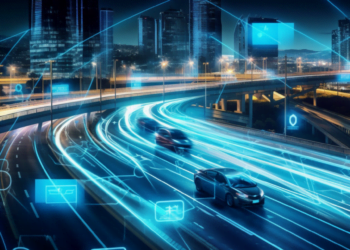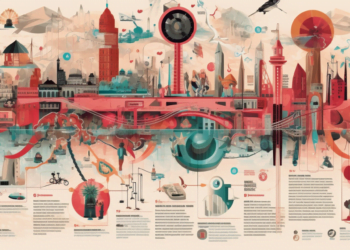Reinforcement Learning (RL) has emerged as a pivotal branch within artificial intelligence (AI), drawing inspiration from the behaviorist principles of psychology, specifically the notion that agents learn to operate in an environment through exploration and the optimization of rewards. Theoretically grounded in the works of Richard Sutton and Andrew Barto, RL today stands at the forefront of AI research and application.
Mathematical and Theoretical Foundations
RL is structured on the basis of sequential decision theory, often modeled as a Markov Decision Process (MDP). In this formalism, an agent successively takes actions a in states s within the environment, receiving rewards r and transitioning to new states s' according to a probability p(s', r|s, a). The value function V(s) or Q(s, a) represents the expected future return starting from state s or the state-action pair (s, a), which is central to the temporal difference algorithm and strategies like Q-learning and SARSA.
Contemporary Algorithms
Recent years have seen the development of algorithms capable of tackling complex and continuous action and state spaces, like the Deep Q-Network (DQN) which incorporates deep neural networks to approximate the function Q(s, a), and Proximal Policy Optimization (PPO), a policy gradient methodology that has achieved notable results for its balance between sample efficiency and ability to stabilize learning even in high-dimensional spaces.
Actor-Critic and A2C/A3C
The actor-critic methods combine the parametrization of policies (actor) with their evaluation (critic). A2C (Advantage Actor-Critic) and A3C (Asynchronous Advantage Actor-Critic) implement this paradigmatic structure to decompose and distribute learning, allowing for superior parallelism and temporal efficiency. These algorithms incorporate the concept of advantage, a measure quantifying how much better a given action is compared to the average of possible actions in that state.
Emerging Practical Applications
Robotics and Automation
In robotics, RL is applied to teach robots how to perform complex physical tasks. For instance, OpenAI demonstrated how its robotic hand, Dactyl, learned to manipulate physical objects with skill and dexterity close to human, using PPO and a rigorous simulation environment. Industrial automation, in turn, benefits from the RL algorithms’ ability to optimize production chains, logistics, and resource management in real-time.
Personalized Medicine and Treatments
The prescription of medical treatments has found an ally in RL by modeling a patient’s health as an MDP, where actions are treatments and rewards are associated with clinical outcomes. This leads to potentially more effective treatment protocols, tailored to the unique responses and conditions of each patient.
Recommendation Systems
RL algorithms improve the accuracy of recommendation systems used by streaming services and e-commerce. In this case, MDPs represent the user’s interaction with the system, where actions are the recommendations displayed and rewards derive from engagement or purchase. Recent studies highlight the use of RL models that consider the long term, which increases user retention and satisfaction.
Games and eSports
The domination of strategy games, such as achieved by DeepMind with AlphaStar in StarCraft II, illustrates RL’s potential in highly competitive and dynamic environments. These models must contend with a significant number of available actions and a strategic uncertainty that requires long-term planning capabilities and learning from interactions with human players and AI opponents.
Challenges and Future Projections
Despite the victories achieved by RL, there are notable challenges that extend into the future:
World Model Learning
The capability of RL agents to learn world models (model-based RL) that can predict and simulate environmental dynamics presents a duality of necessity and application diversity. Incorporating causal understanding and rapid adaptation to new situations are goals that would amplify the utility of RL in real-world contexts.
Transfer and Generalization of Learning
The transfer of knowledge between tasks and generalization to unseen situations during training are crucial for approximating AI to human flexibility. Methodologies such as meta-learning and the incorporation of hierarchical reinforcement learning strategies are active fields of research.
Human-AI Interaction
Collaborative learning between humans and RL agents, where algorithms not only learn from their own experiences but also from interactions and guidance of people, is another horizon to develop. This requires algorithms that can interpret human feedback and adapt to individual preferences and behavioral styles.
Reinforcement Learning continues to evolve through the amalgamation of fundamental theories and emerging technologies. Its integration with other AI domains, such as deep learning and computational cognition, promises a path towards more robust, autonomous, and adaptable artificial intelligence systems that can transform not only specific industries but also daily life and the very understanding of intelligent machinery.

